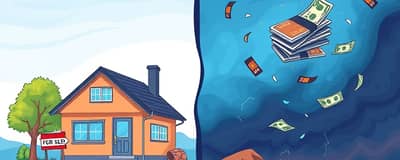In today's economy, managing and prioritizing debts can be a daunting task, especially when funds are limited. With the growing cost of living and unexpected expenses, many individuals find themselves overwhelmed by their financial obligations. The key to regaining control over your finances lies in effectively prioritizing your debts to ensure you focus on what matters most. In this blog post, we will cover practical steps to help you prioritize your debts, enabling you to navigate your financial situation more effectively.
By taking a detailed approach and following a systematic method, you will learn to categorize your debts, understand their terms, and employ strategies that can help you pay them off more efficiently. We will explore the debt avalanche method, the debt snowball method, and other essential tips to keep in mind when facing a tight budget. Let's dive in and learn how to regain control of your finances.
1. List All Your Debts

The first step in managing debt is to create a comprehensive list of all your outstanding debts. This might sound simple, but it’s a critical process that will set the foundation for your entire debt repayment strategy. By writing down everything you owe, you can visualize the full scope of your financial obligations and better understand your situation.
Start by gathering information about each debt, such as the creditor’s name, the amount owed, the interest rate, and the minimum monthly payment. This organized approach will provide you with clarity and make your next steps much easier.
- Credit cards
- Personal loans
- Student loans
- Car loans
- Mortgages
Having a clear overview of your debts is essential, and it allows you to proceed with informed decisions on how to tackle them one at a time. With this list in hand, you’re ready to move on to the next step of understanding the terms associated with each debt.
2. Understand the Terms

Understanding the terms and conditions of each debt is crucial for effective management. Each debt may come with its own set of rules regarding interest rates, repayment schedules, and penalties for late payments. Familiarizing yourself with these terms will aid you in prioritizing which debts to tackle first based on their implications for your financial health.
Take some time to read through your loan agreements or statements. Knowing the details, such as whether a particular debt has a fixed or variable interest rate, can influence your prioritization strategy significantly.
3. Categorize Your Debts
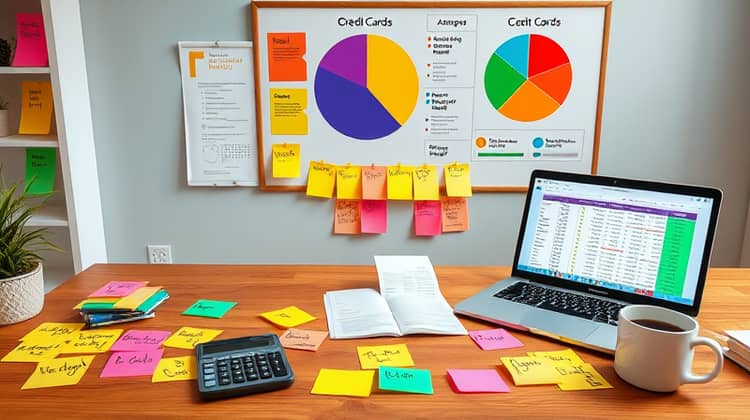
Once you have a comprehensive list of all your debts and understand their terms, the next step is to categorize them. Grouping your debts into categories can help you identify which debts demand your immediate attention and which can be managed later. This categorization is crucial for developing a targeted repayment plan.
A good way to categorize debts is by looking at their types, interest rates, and levels of urgency. This organization can create a clear pathway for managing and repaying your debts effectively.
- Secured debts (e.g., mortgage, car loans)
- Unsecured debts (e.g., credit cards, medical bills)
- High-interest debt
- Low-interest debt
By understanding the different types of debts you have, you'll be better equipped to prioritize them in a way that minimizes financial stress. This sets the stage for determining the next steps, such as using effective repayment methods or focusing on certain categories.
4. Use the Debt Avalanche Method
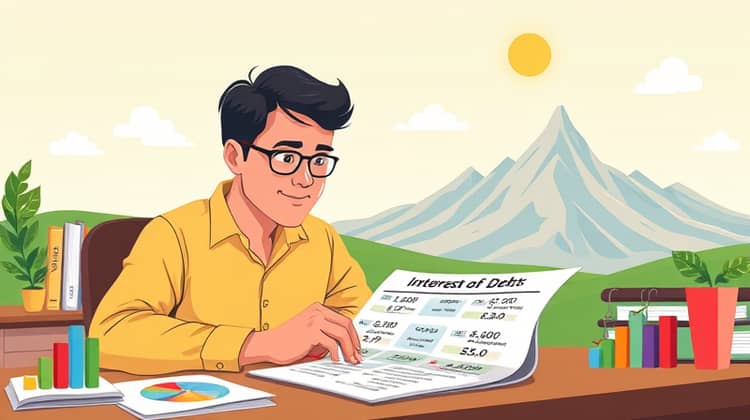
The debt avalanche method is a widely recognized debt repayment strategy that focuses on paying off debts with the highest interest rates first. This approach can save you a significant amount of money on interest payments over time. To begin, identify the debts in your list that have the highest interest rates.
After listing them out, prioritize your payments to ensure that you allocate any additional funds toward the debt with the highest interest rate. By doing this consistently, you will reduce the overall interest you'll pay, allowing you to pay off your debts more efficiently. Track your progress regularly to stay motivated and adjusted as necessary.
5. Consider the Debt Snowball Method

An alternative strategy is the debt snowball method, which focuses on paying off the smallest debts first. Many individuals find emotional satisfaction in this approach as it allows them to eliminate debts quickly, providing a sense of achievement. To start with the debt snowball method, list your debts from smallest to largest amount.
After paying the minimum on all debts, direct any extra funds toward the smallest debt until it's paid off. Then, move on to the next smallest debt, applying your former minimum payment place along with any extra funds. This method might take longer to save on interest, but it can be an effective motivator as you clear debts quickly.
6. Focus on Secured Debts First

Secured debts, such as mortgages and car loans, are backed by collateral. This means that if payments aren't made, creditors have the right to take possession of the secured asset. Because the potential for asset loss is significant, it's essential to prioritize these debts to protect your interests.
By making sure that you're up to date on secured debts, you reduce the risk of losing valuable assets. This doesn't mean neglecting unsecured debts, but understanding the consequences of not paying secured debts should push them higher up on your list.
7. High-Interest Debts Are Next

After addressing your secured debts, the next focus should be on high-interest unsecured debts. These debts can quickly grow in cost due to accumulating interest, making it essential to tackle them promptly. Credit cards are prime examples where high interest can lead to long-term financial burdens if not managed properly.
Prioritize these high-interest debts right after secured debts so that you minimize the overall interest paid and reduce the time frame in which you are in debt. Strategically paying down these obligations can lead to substantial savings over the long term.
8. Explore Balance Transfers and Consolidation
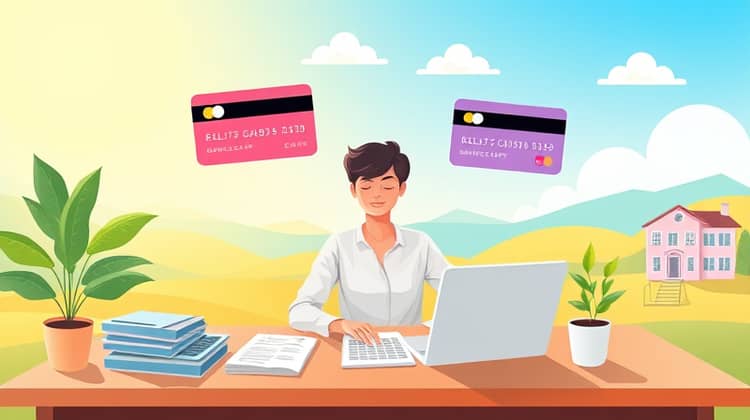
If you're finding it difficult to manage multiple debts, consider options like balance transfers or consolidation. Balance transfers entail moving high-interest debt to a lower-interest credit card, which can help save on interest costs and simplify payments.
Consolidation involves combining multiple debts into a single loan, often at a lower interest rate. This may provide significant relief and streamline your budget management.
- Research credit card offers with lower interest rates
- Consider personal loans for debt consolidation
- Evaluate whether you can refinance existing loans
- Assess the pros and cons of each option
Taking advantage of these options can greatly enhance your ability to manage debt and reduce financial stress. However, it's essential to read the fine print and understand any fees that may be associated with these options.
9. Create a Debt Repayment Plan

With a clear understanding of your debts and a prioritized approach, it's time to craft a personalized debt repayment plan. Such a plan should outline how much extra you can afford to pay towards your debts each month, alongside your regular payments. Set realistic, achievable goals in this plan that you can stick to religiously.
Regularly reviewing and adjusting your repayment plan can help maintain motivation and keep you on track toward debt freedom. Add contingencies for fluctuations in your financial situations, such as income changes or unexpected expenses.
10. Increase Your Income
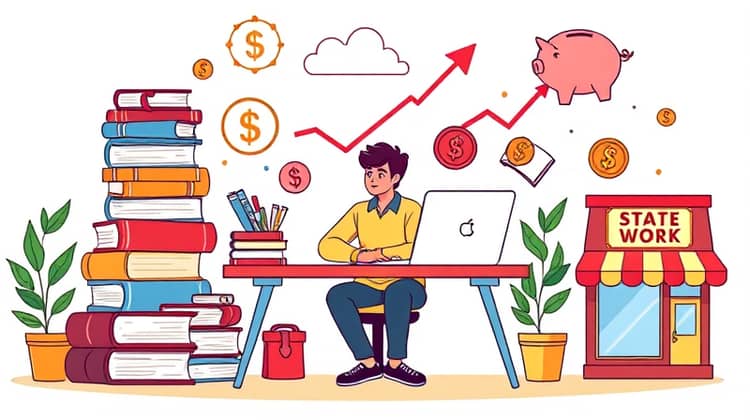
Increasing your income is a practical way to improve your financial situation and tackle debts more effectively. Consider taking on part-time work, freelancing, or exploring passive income opportunities to generate additional funds. This extra income can be allocated directly towards debt repayment, making your plan more effective.
Additionally, revisiting your current job for growth opportunities, negotiating for higher pay, or even seeking a new job that aligns better with your income goals can be beneficial. The more money you can divert towards your debts, the faster you can achieve financial freedom.
Moreover, look into opportunities for upskilling or education that could lead to higher-paying positions. With the right focus and determination, increasing your income can significantly impact your debt repayment journey.
11. Cut Unnecessary Expenses
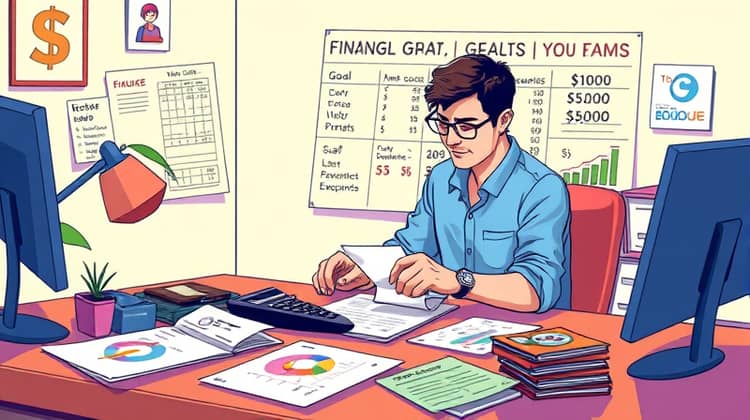
Taking a close look at your budget and scrutinizing your spending habits is essential when funds are limited. Identify non-essential expenses that can be reduced or eliminated altogether. Even small adjustments in your daily lifestyle can lead to significant savings over time.
Consider creating a zero-based budget, where every dollar has a specific purpose, ensuring expenses align with your financial goals and priorities. Redirect savings from cut expenses directly to your debt repayment strategy to enhance momentum.
12. Reevaluate Budgeting Techniques

Budgeting techniques should be flexible and reviewed periodically. What may have worked in the past might not be suitable as your financial situation changes. Assessing and modifying your budgeting methods can yield better effectiveness in managing your debts.
Consider experimenting with different budgeting techniques to determine which one fits your lifestyle and helps you stay on track. You might discover more efficient ways to allocate funds and track expenses.
- Implement the 50/30/20 budgeting rule
- Try the envelope method for variable expenses
- Use budgeting apps for tracking
- Make adjustments for irregular expenses
These techniques can help you gain better control over your spending, allowing more resources to be directed towards debt repayment.
13. Seek Professional Help If Needed

If you're feeling overwhelmed by your financial situation, seeking professional help can provide invaluable guidance. Financial advisors, credit counseling services, and debt management professionals can offer expertise on managing debts and developing effective repayment strategies.
Having a knowledgeable third party to assist you can not only reduce the stress associated with debts but also help you explore options you may not have considered before. Engaging with professionals can be an important step in regaining control over your financial future.
14. Be Prepared for Challenges

The journey to debt repayment can be filled with obstacles and challenges. Understand that there might be setbacks along the way, such as unexpected expenses or income fluctuations, which can impact your ability to stick to your plan. Building resilience and adaptability in your strategy will be crucial for overcoming these difficulties.
Maintain open communication with creditors if you find yourself struggling to make payments. They may offer options or solutions to help navigate tough times, ensuring that you stay on track towards your financial goals.
Conclusion

In conclusion, prioritizing debt repayment when funds are limited requires a well-considered strategy and a commitment to make difficult but necessary financial decisions. By listing and analyzing your debts, categorizing them correctly, and exploring repayment methods, you empower yourself to tackle your financial situation effectively.
Equipping yourself with the right knowledge and tools can significantly enhance your ability to manage debts and ultimately work towards financial freedom. It’s essential to stay motivated and patient throughout this process, maintaining a clear focus on your end goals.







